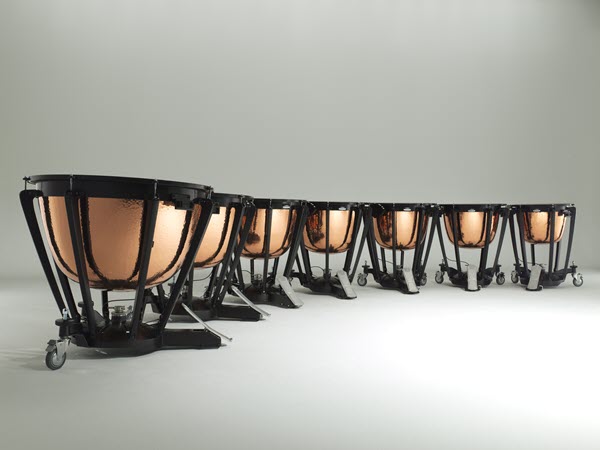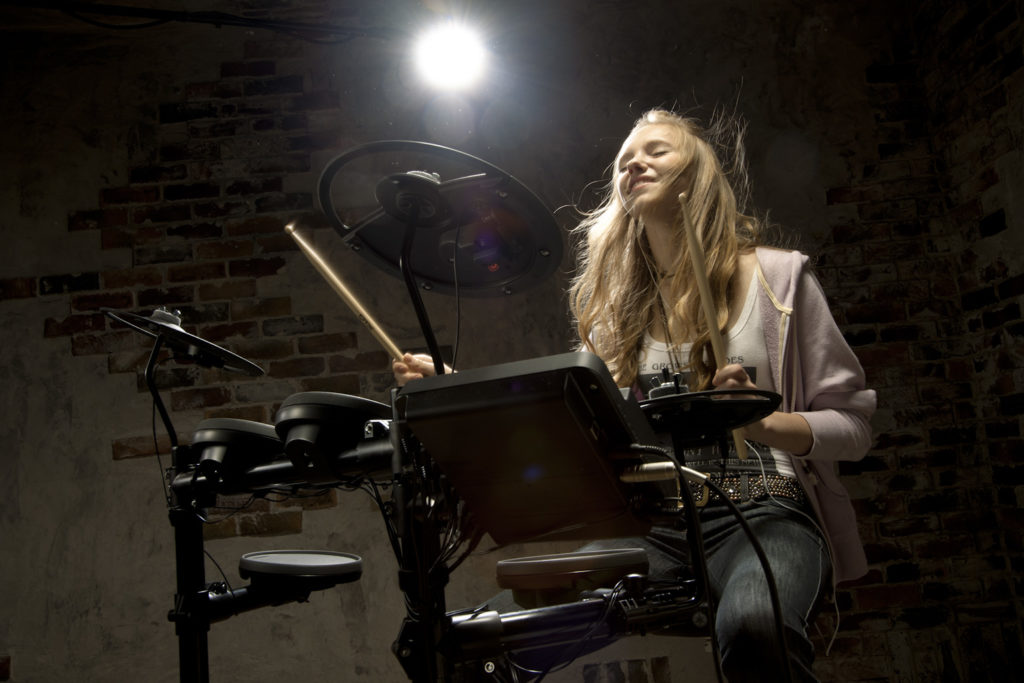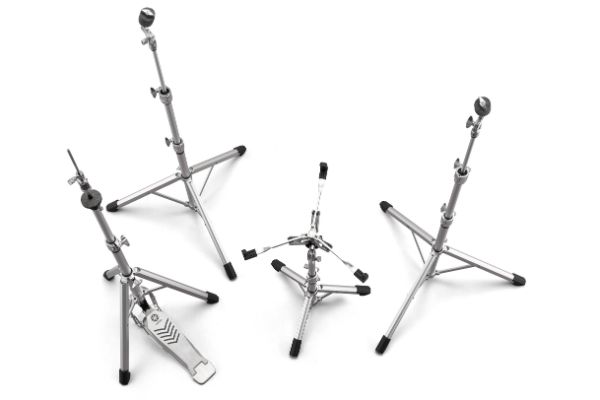Tagged Under:
The Evolution of the Drum Pedal
Spare bicycle parts find a new use.
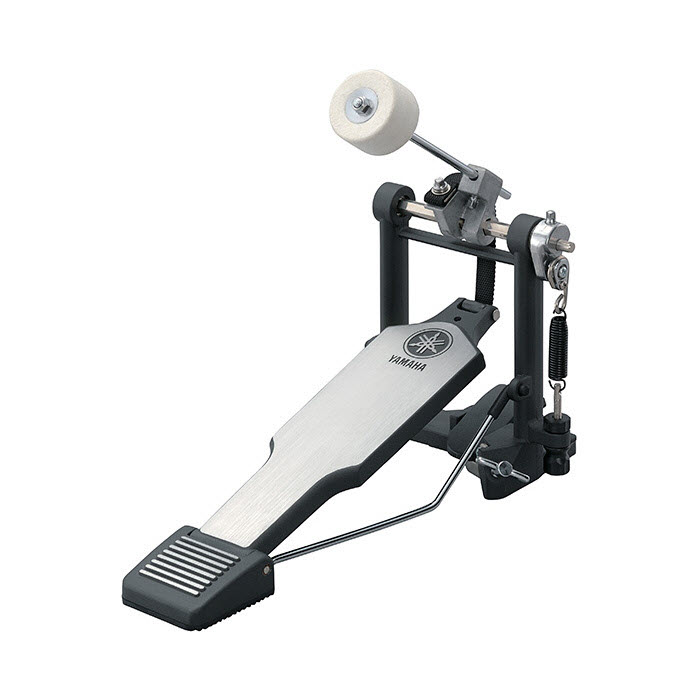
In the early days of the drum pedal, there was one type in which the beater was attached to the top of the bass drum rim (the frame that attaches the skin of the drum, called the head, to the body, called the shell), and another type in which the beater was attached to the bottom of the rim, as they are in today’s drum kits. The pedals were made of wood and were not spring-loaded, so the beater had to be returned to the ready position using the foot.
The spring return mechanism of today’s pedals was introduced in 1910. In 1934, ball bearings were added to create a smoother pedal action, and in 1950, the spring was built into the frame, improving the look and allowing for finer adjustment of the foot pedal – improvements that many drummers supported.
The next breakthrough was the chain-driven pedal. Near the end of the 1970s, a craftsman at a drum store in New York removed the pedal’s drive mechanism and replaced it with gears and a chain taken from a bicycle. Prior to that, there were pedals with metal parts connecting the drive mechanism, and those that used a belt made of nylon or other material. The former were said to have a “quick response,” while the latter were said to have a little “play” in them. The chain drive combined the best aspects of these two approaches to create a robust pedal that quickly gained wide acceptance.
The First Hi-Hat Looked Like a Snowshoe
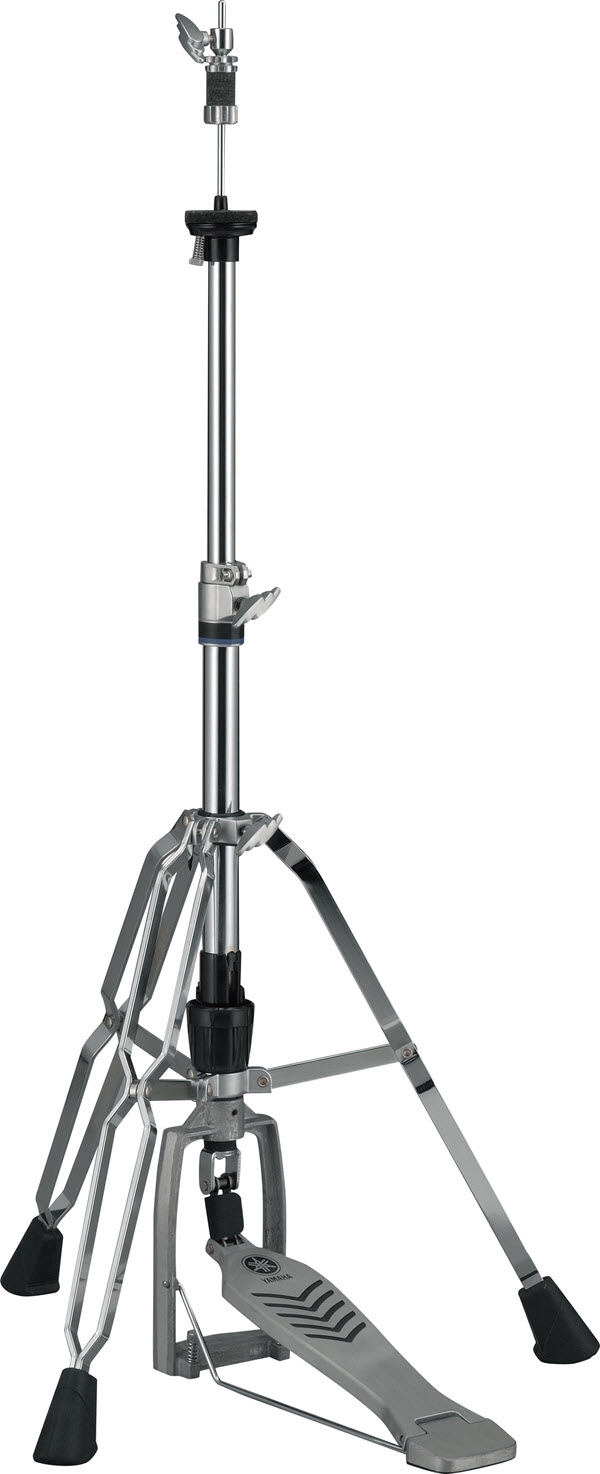
The hi-hat taps out 8-beat and 16-beat rhythms clearly, and sets the rhythm of music along with the snare drum and bass drum. However, the emergence of the hi-hat is surprisingly recent, and the hi-hat as we know it today was invented around 1930.
The original hi-hat consisted of two small cymbals attached to two boards, one on top of the other, joined with a hinge. The upper board was attached to the foot with a strap like a sandal, which made it look like a snowshoe, and thus it was actually called “the snowshoe.” When famous jazz drummer Baby Dodds was playing on a Mississippi riverboat, he tapped the floor with his left foot in tempo with the music, and seeing this, an enthusiastic fan fashioned a device that enabled him to clash two cymbals together using a foot pedal, which is said to be the beginning of the development of the hi-hat.
This article is excerpted from the Yamaha Musical Instrument Guide.
Click here for more information about Yamaha drums.










